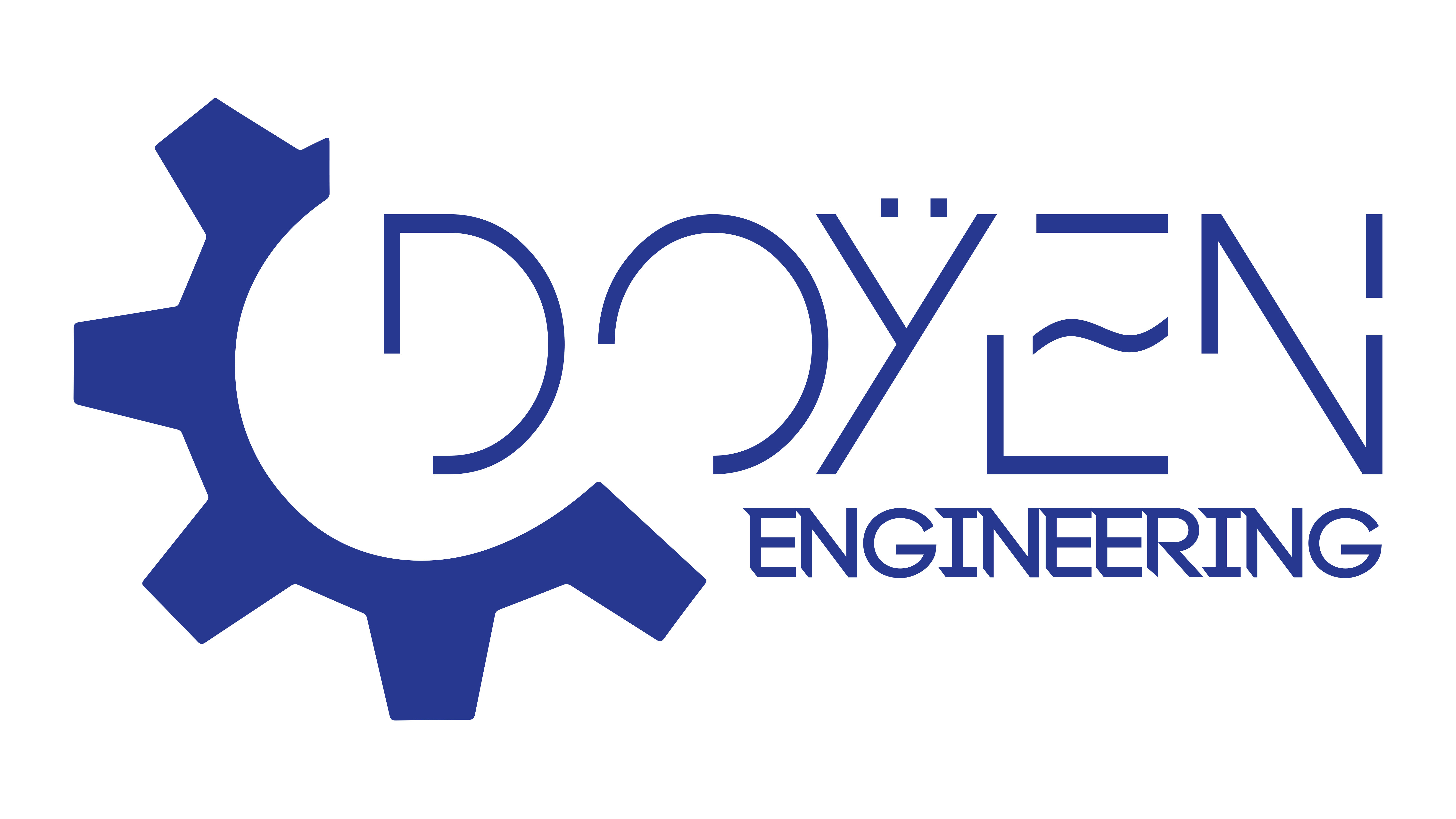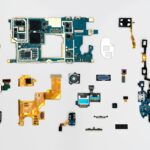17. The Basics of Analog vs. Digital Circuits
Introduction to Analog and Digital Circuits Understanding Analog Circuits Analog circuits are fascinating in their ability to represent information through continuous signals. For instance, think of a classic vinyl record player. The needle moves in a smooth, continuous motion, capturing the sound waves and translating them into audio. This variable





